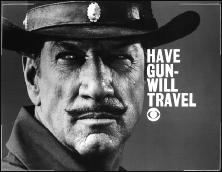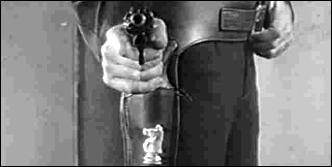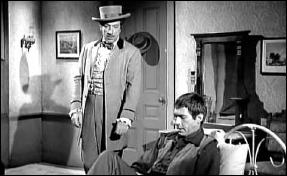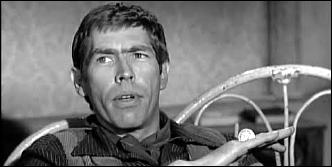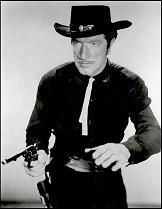Mon 19 Oct 2015
A Future Forgotten TV Series, by Michael Shonk: THE PLAYER (2015).
Posted by Steve under Reviews , TV Drama[10] Comments
by Michael Shonk
THE PLAYER. NBC, 2015; Thursdays, 10pm-11pm. Kung Fu Monkey Productions and David Entertainment in association with Sony Pictures Television. Cast: Philip Winchester, Wesley Snipes, Charity Wakefield, Damon Gupton. Created by John Rogers and John Fox. Executive Producers: John Rogers, John Zinman, Patrick Massett, John Davis, and John Fox.
It is the new fall TV season, and time for new series to be judged. Some new series will join our list of series we watch every week, more new series will be rejected and forgotten. While not the worse of the new series this season (Fox’s Minority Report is the worse) The Player shows all the signs of a doomed series. Rejected by critics and viewers alike, a strange premise ineptly handled, The Player is one to watch soon before it is gone forever.
The premise of The Player is that there is a secret society of the world’s very rich and powerful that has set up a system where they bet on crime. Created in America around the turn of the 20th Century, the game grew popular with the ruthless rich and powerful of the era. Ada Lovelace and Charles Babbage created the first computer to help with the game and Thomas Edison got it to work. The game went global and quickly was out of control and started WWI. To regain control of the game the House was created. The House is run by the Pitboss who sets up the game, the Dealer who monitors the game and offers assistance to the final employee of the House –The Player.
https://www.youtube.com/watch?v=ikm12VQNIS8
But this is NBC, a major free network, so it should come as no surprise that a premise open to thought-provoking discussions on the immorality of the bored rich gambling on the outcome of crimes would instead be a mindless fast pace violent implausible immortal action TV series with the inability to avoid any TV cliché ever written.
The next clip tells us more about the people and their role in the game:
The Player is Alex Kane, a former special op with a dark past, now living in Las Vegas as the World’s Greatest Security consultant. Philip Winchester (Strike Back) does what he can with his limited range to play this standard issue TV action hero.
In the type of creative thinking typical for this series Alex’s best friend is Police Detective Cal Brown (Damon Gupton) who worries about his friend and is always the cop in charge when Alex destroys part of the city fighting bad guys. Alex’s love of his life is his ex-wife Virginia Lee (Daisy Betts). They love each other very much and have finally decided to get back together. That night while our hero and ex celebrate in bed bad guys attack and she is killed. But this is modern comic book inspired fiction, so is she really dead?
Meanwhile at the House is the Pitboss Mr. Johnson played by Wesley Snipes (Blade) in not his best performance. Mr. Johnson is an evil soulless man who believes in blackmail, murder, whatever it takes to serve the House. He also believes in tough love when dealing with The Player.
The Dealer is the blonde beauty Cassandra King. Charity Wakefield (Mockingbird Lane) has shown she is capable of portraying the series most conflicted character. She is aware of the immorality of the game but in some of TV’s lamest dumb-down dialog tries to convince Alex that they are doing good, saving the victims of crimes enjoyed by the evil rich gamblers.
The series features more property destruction than a Marvel’s superhero movie, more pointless car chases and stunts than a Bond movie and a believability level that wouldn’t convince a 12 year old. The suspense is weaken by the number of deus ex machina devices used – from an all knowing computer named ADA that Cassandra can use to get Alex out of any jam to Johnson’s ability to call in a get out jail card whenever the cops get too close.
You can view the pilot episode for free at iTunes. This is just one of many TV series that first episode can be downloaded for free at iTunes.
The odds are against The Player. While handicapped by a bad time slot it has a strong lead-in (Blacklist). How much of the Blacklist audience it loses will tip you off on its future. Personally, I would bet The Player doesn’t survive to see January.
